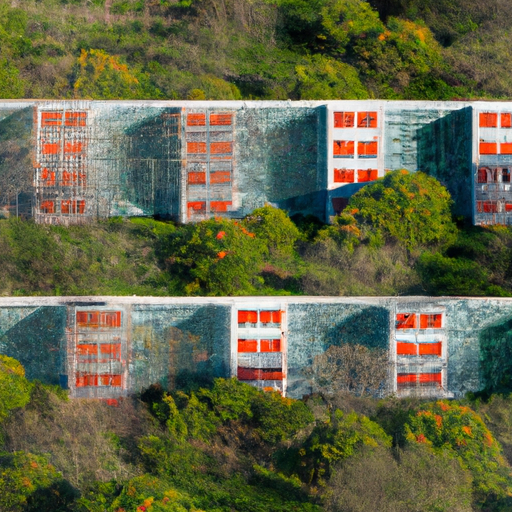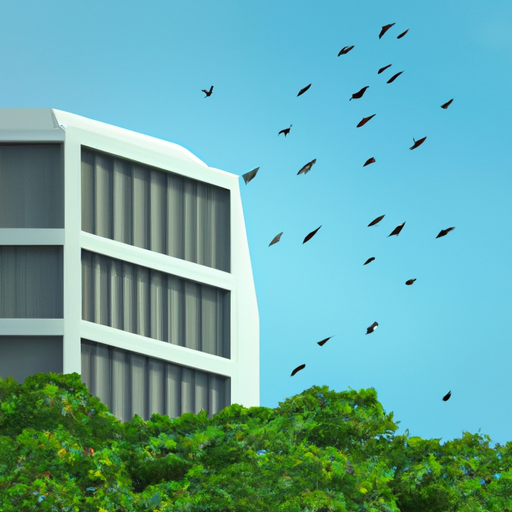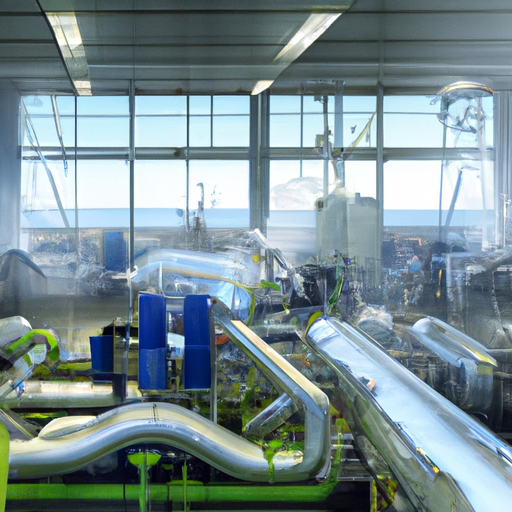Revolutionary vertical forest buildings are transforming city skylines while combating urban pollution. These living structures can absorb 30 tons of CO2 annually while providing homes to thousands of plants and wildlife species. The innovative design combines cutting-edge engineering with natural ecosystems to create sustainable urban environments.

Urban environments are undergoing a remarkable transformation as architects and environmental scientists collaborate to create living, breathing buildings known as vertical forests. These revolutionary structures represent a perfect synthesis of modern architecture and environmental consciousness, offering a powerful solution to urban pollution and biodiversity loss.
The concept of vertical forests, pioneered by Italian architect Stefano Boeri, has evolved from an ambitious experiment to a proven model of sustainable urban development. These structures feature thousands of trees and plants integrated into the facade and balconies of high-rise buildings, effectively creating a vertical ecosystem that provides multiple environmental benefits.
The environmental impact of these green buildings is substantial. A typical vertical forest can absorb 30 tons of CO2 annually, equivalent to the emissions from 20 cars. The vegetation also filters fine dust particles from the air, reduces noise pollution, and creates a natural cooling effect that can lower energy consumption for air conditioning by up to 30%.
Beyond environmental benefits, vertical forests contribute significantly to urban biodiversity. These living buildings provide habitats for birds, insects, and small animals, creating miniature ecosystems within the urban landscape. Studies have shown that a single vertical forest can support up to 1,600 birds and butterfly species, contributing to the restoration of urban wildlife populations.
The technology behind vertical forests is equally impressive. Advanced irrigation systems utilize recycled greywater and rainwater collection, while structural engineering ensures buildings can support the weight of mature trees and soil. Smart sensors monitor soil moisture, nutrient levels, and plant health, allowing for optimal maintenance and growth conditions.
The social impact of vertical forests extends beyond environmental benefits. These green buildings have been shown to improve mental health and well-being among residents and nearby communities. The presence of abundant vegetation reduces stress levels, increases productivity, and creates a stronger connection to nature in urban settings.

Economic advantages have also emerged as a key benefit. Properties featuring vertical forest designs typically command premium prices and higher occupancy rates. Additionally, the natural insulation provided by the vegetation layer reduces energy costs, while the improved air quality and aesthetic appeal increase property values in surrounding areas.
Implementation challenges include higher initial construction costs and specialized maintenance requirements. However, innovations in construction materials and maintenance systems are making vertical forests increasingly viable for wider adoption. New lightweight soil mixtures and automated maintenance systems are reducing both costs and complexity.
The future of vertical forests looks promising, with projects planned or under construction in cities worldwide. Advances in materials science and biotechnology are enabling the development of even more efficient and resilient vertical forest systems. These innovations include enhanced plant species selection for different climates and improved integration with smart building technologies.
As urban populations continue to grow, vertical forests represent a crucial component of sustainable city development. They demonstrate how innovative thinking can transform traditional architecture into living solutions that address multiple environmental challenges while creating more livable urban spaces for future generations.



